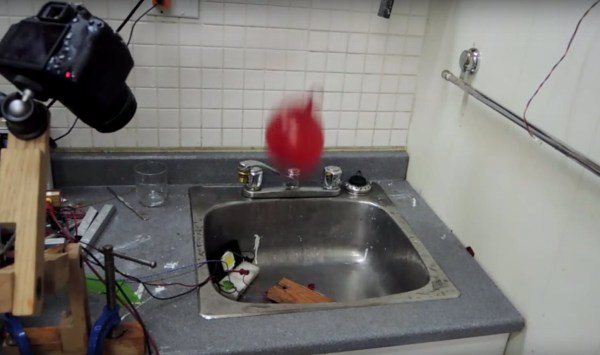Halloween is just around the corner, and the spooky themed tips are just starting to roll in. If you’re looking to one-up the basic store-bought decorations, and maybe teach your kid the basics of an Arduino while you’re at it — why not build a Peek-A-Boo Ghost!
Using an Arduino, two servo motors and an ultrasonic distance sensor it’s pretty easy to make this cute little ghost that covers its eyes when no one is around. They’re using cardboard for the ghost, but if you have access to a laser cutter at your hackerspace, you could make it a lot more robust using MDF or plywood.
When the ultrasonic distance sensor senses someone coming towards it, it’ll trigger the arms to move — though it’d be easy to add a small speaker element too and get some spooky music going as well!
Continue reading “BOO! Teach Arduino Basics With This Fun Ghost”

















